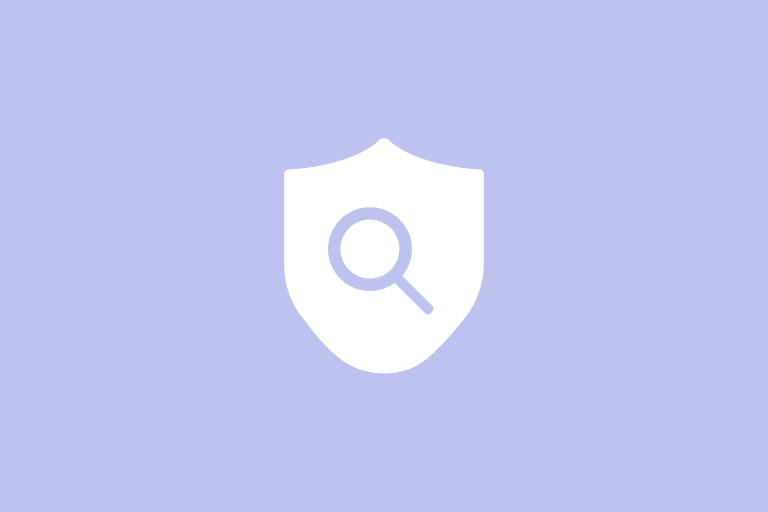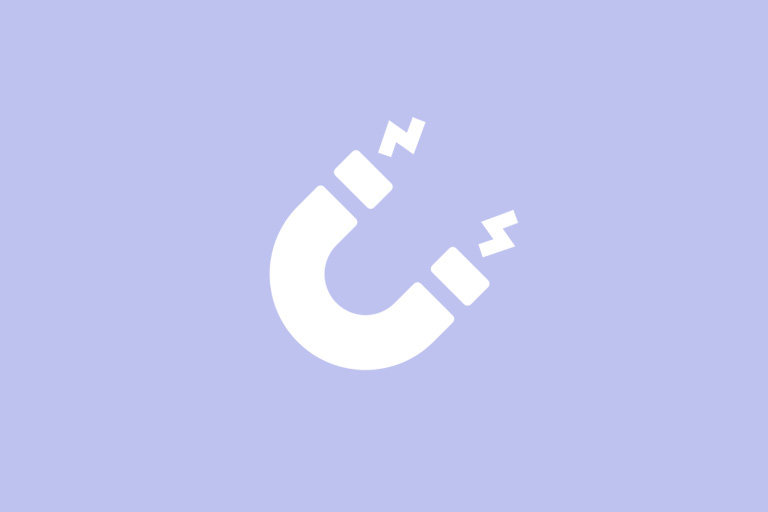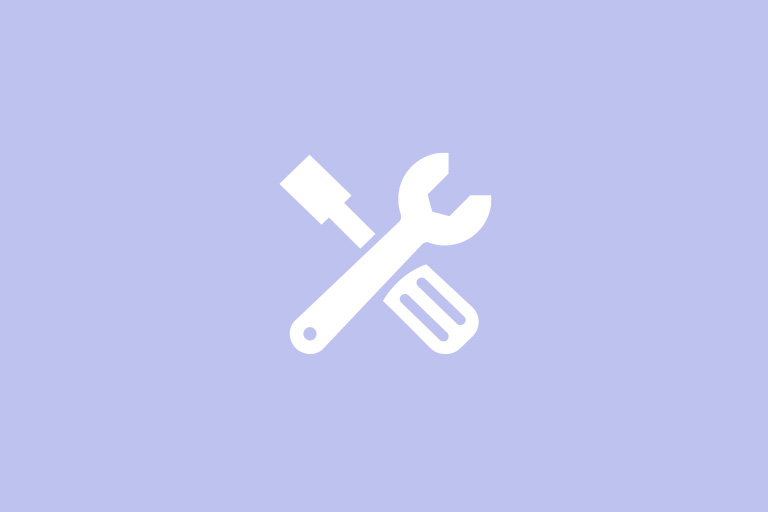Here's a breakdown of how the crawling process works and its role in SEO:
Crawling Definition:
Crawling refers to the automated process by which search engine bots, also known as spiders or crawlers, navigate through the internet to find and collect information from web pages. These bots follow links from one page to another and download the content of each page for indexing.Start with Seed URLs:
The crawling process typically begins with a set of seed URLs, which are the initial web addresses provided to the search engine bots. These URLs are often popular or important pages on the web, and from there, the bots follow links to discover new pages.Follow Links:
Crawlers follow links from one page to another, creating a vast network that encompasses a significant portion of the web. The more links there are to a page, the more likely it is to be crawled frequently. Internal links within a website and external links from other websites both contribute to the crawling process.Page Retrieval:
When a crawler reaches a page, it downloads the HTML content and processes the information. This includes text, images, links, and other elements on the page.Indexing:
After retrieving the content, the search engine indexes the information. Indexing involves analyzing the content, understanding its context, and storing it in a searchable database. This database is what enables search engines to quickly retrieve relevant results when a user enters a search query.Regular Updates:
Search engine crawlers continuously revisit and re-crawl web pages to ensure that the index remains up-to-date. The frequency of crawling depends on factors like the page's importance, update frequency, and the overall authority of the website.Role in SEO:
● Visibility: Crawling is the first step to ensure a website's visibility in search engine results. If a page is not crawled, it won't be indexed and, consequently, won't appear in search results.● Indexing: Pages that are crawled and indexed are more likely to appear in search engine results pages (SERPs). Indexing is crucial for a website's visibility and traffic.
● Freshness and Updates: Regular crawling ensures that search engines are aware of new content and updates on a website. Fresh and regularly updated content is often favored in search rankings.
● Crawlability: SEO efforts include optimizing a website's structure and content to make it more easily crawlable by search engines. This involves creating a sitemap, improving site navigation, and using proper URL structures.
In summary, the crawling process is fundamental to SEO because it determines which pages get indexed, and thus, have the potential to appear in search engine results. SEO practitioners aim to optimize websites to make them more accessible and appealing to search engine crawlers, ultimately improving their chances of ranking well in search results.







